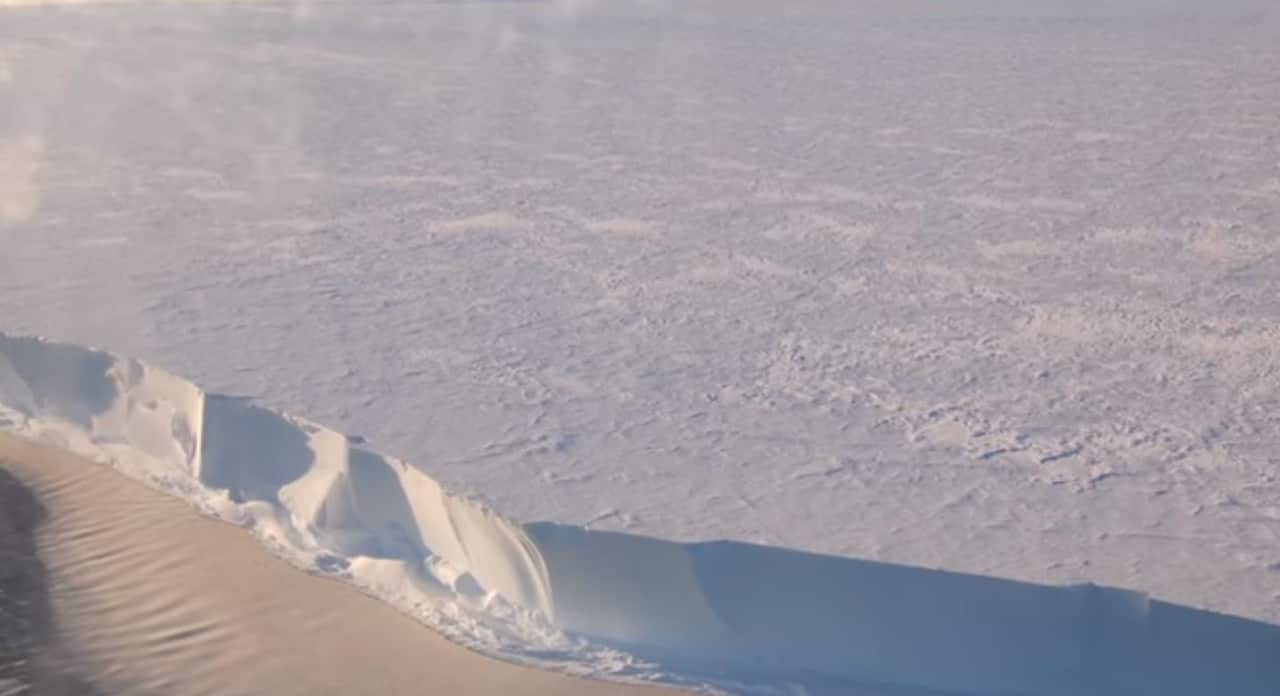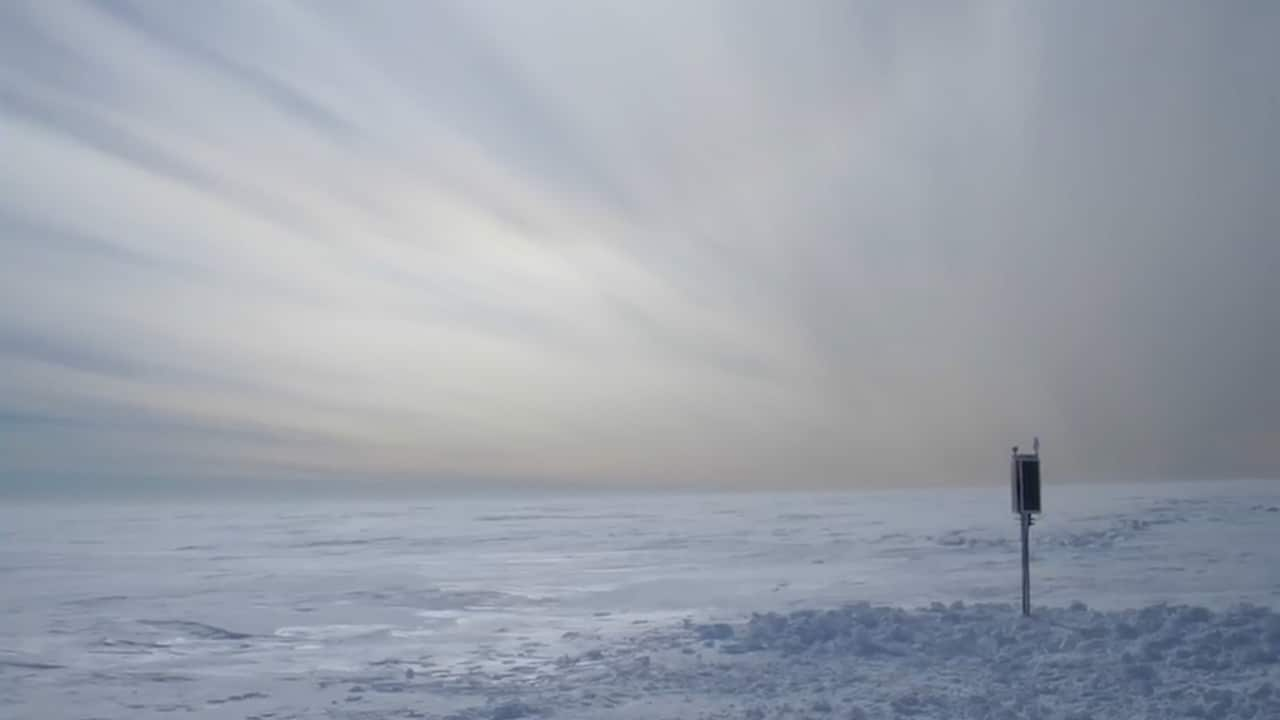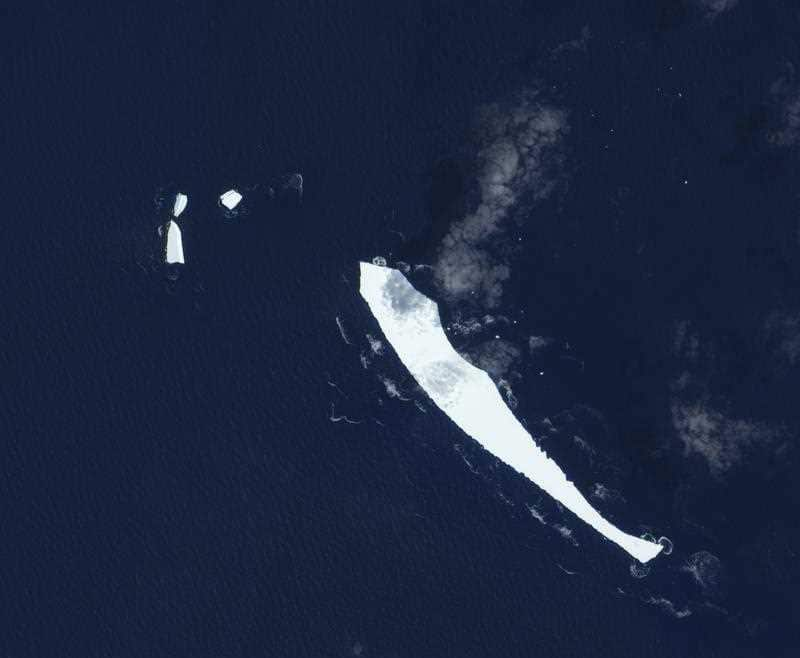It might sound like the terrifying soundtrack to a horror movie, but winds blowing across the snowy dunes of Antarctica's biggest ice shelf may help researchers monitor climate changes in Antarctica.
Researchers have discovered winds blowing across the Ross Ice Shelf, cause it to vibrate, producing a set of seismic tones.
The “hum” is actually far too low to be detected by the human ear, but when sped up by 1200 times the distinctive – and creepy – noise can clearly be heard.
"It's kind of like you're blowing a flute, constantly, on the ice shelf," geophysicist and mathematician Julien Chaput from Colorado State University, told Science Alert.

Winds blowing across snow dunes on Antarctica's Ross Ice Shelf cause the massive slab of ice to 'sing'. Source: Supplied
Mr Chaput and his team were using seismic sensors to learn more about the structure and movements of the Ross Ice Shelf, Antarctica's largest floating slab of ice, when they picked up the noises.
They now hope to use the ice shelf's "song" to monitor changes in the ice shelf from afar as weather conditions change the frequency of the vibration by altering its topography.

Mr Chaput and his team were using seismic sensors to learn more about the structure and movements of the Ross Ice Shelf. Source: Supplied
At about 800km across, the ice shelf is about the size of France and has produced several icebergs, including B15 – the world’s largest iceberg.

This image provided by NASA shows the largest remaining piece of the slowly disintegrating B17B iceberg, which broke off Antarcticas Ross Ice Shelf. Source: NASA
Researchers believe that as the world’s temperatures rises, Antarctic ice shelves will start to dramatically collapse and break apart.
Studying the vibrations – and how they change based on changes to the ice shelf – could give researchers a sense of the effect of climate change on the region, according to University of Chicago glaciologist Douglas MacAyeal, who penned a commentator on the effect in Geophysical Research Letters.


